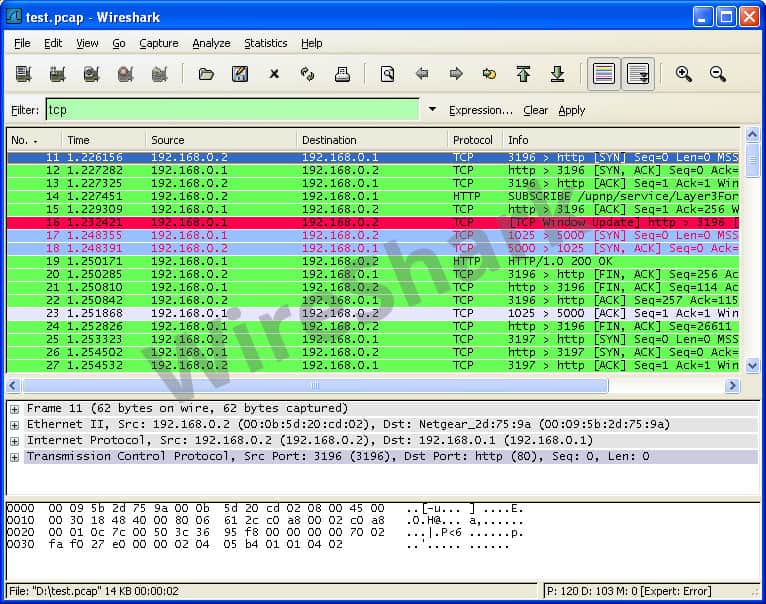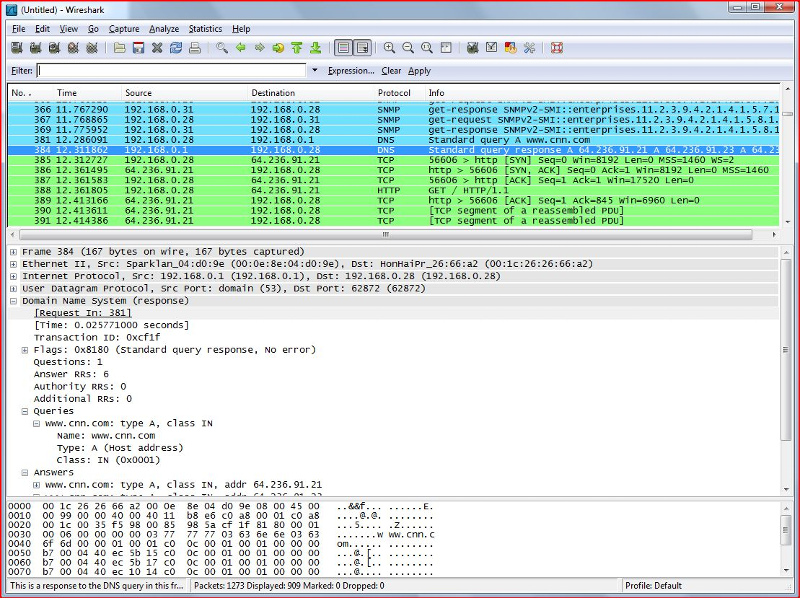

These are apparently a well-kept secret or something, although widely available on the internet: Apparently there is a number of these, depending on the class of devices and type of network.

Zigbee traffic can be encrypted with AES-128, which is a symmetric encryption scheme. At this point you can see the traffic but everything is encrypted… Encryption… Encryption everywhere! A very incomplete intro to Zigbee encryption This will launch a background process, and an instance of Wireshark that is monitoring the channel. I think channel 11 is the default, but it is displayed in the Hue app, under info for the bridge: sudo zbwireshark -c 11 Starting the sniffing is really easy, if you know the channel the Philips Hue is operating at. The installation instructions are probably more up to date than this blog post. You need to install scapy, and a few dependencies. Installing KillerBee on Ubuntu is quite easy. The best software package seems to be KillerBee which supports both sniffing and injection however only sniffing with the CC2531. Fortunately, you do not need to change the stock firmware. After the dongle arrived I spent quite a while thinking that I need to replace the stock firmware, because of various old projects on GitHub ( Sensniff, ccsniffpiper, etc.). I purchased this USB CC2531 Zigbee sniffer, but others are probably equally good. I started by buying a Zigbee sniffer, I found that the Texas Instruments CC2531 chip is widely used, and available in a cheap USB package. Of course, if only I had a way of sniffing the Zigbee traffic I could diagnose these problems. I read a rumor online that the Hue lights and the other lights are actually on two different Zigbee networks.

Most of the time the network works quite well, but some of the time a few of the lights become unreachable. I have a Philips Hue gateway at home that is connected to a number of Philips Hue lights, as well as some IKEA trådfri light bulbs, and a couple of OSRAM Lightify light strips.


 0 kommentar(er)
0 kommentar(er)
